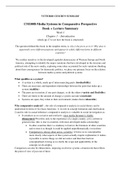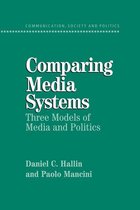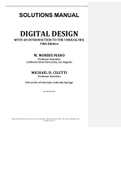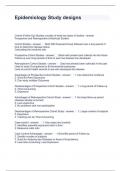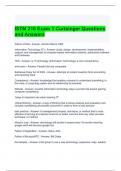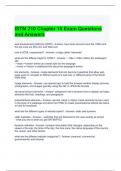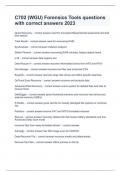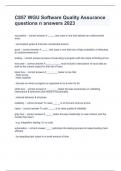Summary
CM1008 Summary - Media Systems in Comparative Perspective @EUR
- Course
- Institution
- Book
This document includes a concise summary of all the chapters and articles required in preparation for the exam of the course CM1008 - Media Systems in Comparative Perspective. Namely, the summary includes the following chapters: 1, 2, 3, 4, 5, 6, 7; The summary also includes the following articles:...
[Show more]
